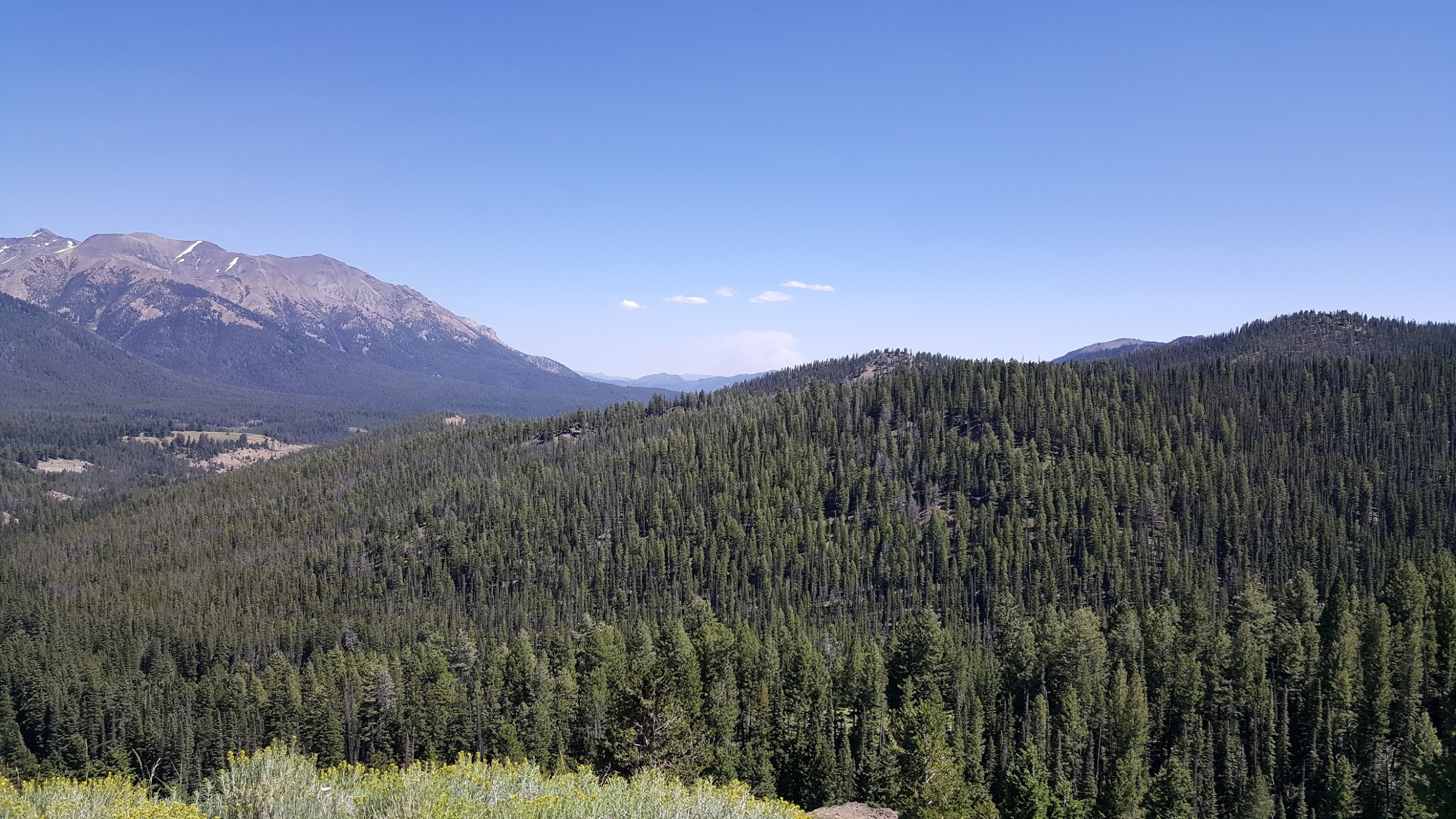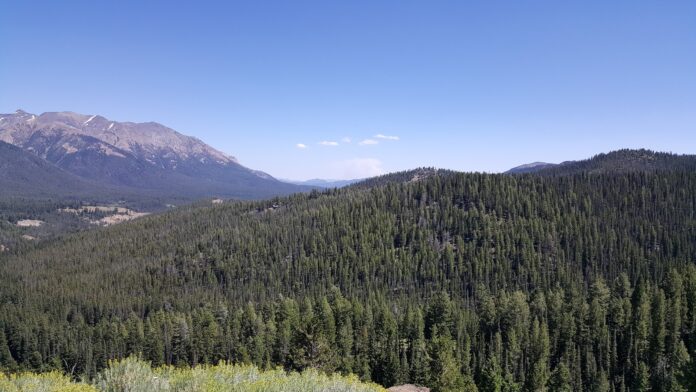BY HANNES THUM
 Science can often be local.
Science can often be local.
Which local plant is this, and which plant is this, and where are they found in the valley? How do mountain lions move through this area? What kind of animal track is this here in the snow? What is the water quality like in Trail Creek, in Rock Creek, out by the old Triumph mines? What’s the geology of this hill, what’s this fault along the bottom of Borah all about, and how can you tell a glacier was here?
Look at that beaver. Check out that aspen, that sagebrush. Look at the way the snow moves in the wind across the Boulders. Here, feel this rock we just found.
Let’s be naturalists. Let’s walk outside and notice things here. Let’s know our backyard—let’s be experts on these systems, here.
There are plenty of reasons to teach local science. First of all, it’s practical: we can walk out the door and get to work. There’s a riparian area right outside my classroom—we could get a water sample in the time it takes me to write this sentence.
There’s a remarkably intact sagebrush hillside just around the corner, there’s a recent burn down the road with great examples how Douglas fir bark chars in wildland fires, and we can set up wildlife cameras basically anywhere in the county and get plenty of photos of one creature or another. This entire valley is a laboratory.
Secondly, I have always loved the idea of a “sense of place.” It’s a common term and a well-worn idea—being in touch with your surroundings in a deep way, with deep knowledge. People can have a sense of place about a creek or a city or a home. A small piece of woods or a whole watershed. A stretch of river or a remote stretch of oft-traveled backroad. David Duncan talked about “native intelligence.” Science becomes a way to experience a sense of place, wherever your place is.
And, for us, our place is here.
But, every once in a while, I get shoved out of this perspective and I realize that it has its limitations. It’s usually a question from a student that does the shoving. The most recent example: “How fast is the Earth moving?”
And, just like that, we are out of the valley. Just like that, we’re not even in this watershed, and we’re far, far away from this high-desert locale.
At these times, we move from a sense of place to a sense of space. Outer space, that is. It’s another version of place, of course. But on a whole different scale. Harder to sense, directly, perhaps, but still vital. To know how fast the Earth is moving, you need to understand the shape of our solar system, the twists of our galaxy, the physics of our universe.
So, how fast is it moving? Well, that all depends on your perspective. It’s complicated — let’s investigate. That’s what science is for.



